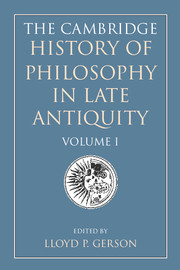
- Cited by 1
-
Cited byCrossref Citations
This Book has been cited by the following publications. This list is generated based on data provided by Crossref.
Scharf, Orr 2019. A Tale of Light and Darkness: Martin Buber’s Gnostic Canon and the Birth of Theopolitics. Religions, Vol. 10, Issue. 4, p. 242.
- Publisher:
- Cambridge University Press
- Online publication date:
- May 2011
- Print publication year:
- 2000
- Online ISBN:
- 9781139095457




